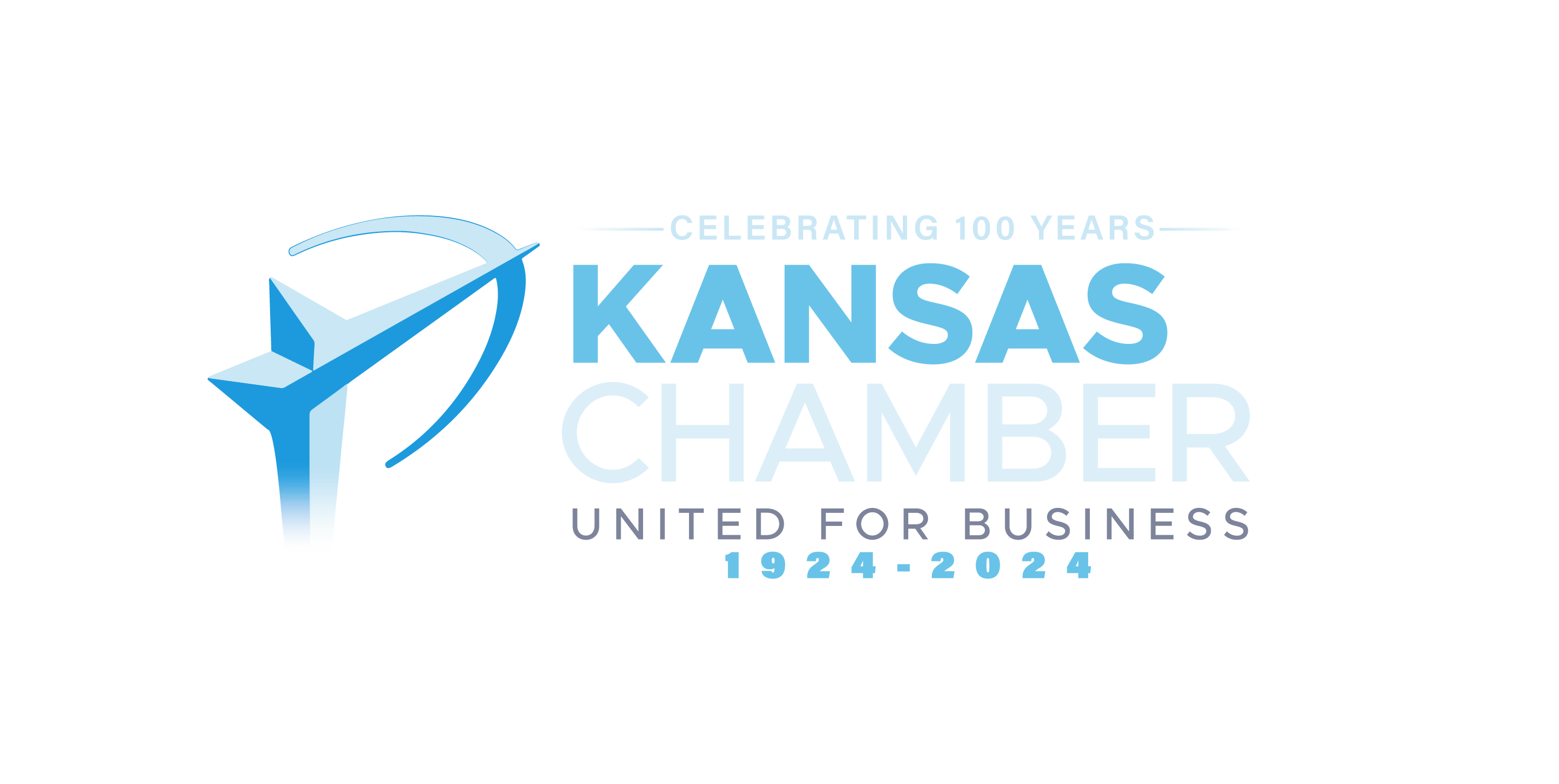14 Dec ‘IP 101’ for Kansas Manufacturers
Intellectual property (IP) is an important aspect to any business, especially manufacturers, and companies should be aware of the different forms of IP and the ways these valuable assets may be developed and protected.
IP is commonly considered to comprise four distinct categories: patents; trade secrets; trademarks; and copyrights. Each type of IP is aimed at protecting different elements of a company’s business, and it is essential to understand how each varies, and to understand the ways in which each type of IP can be protected.
Patents
Patents are directed to protecting new and useful processes, machines, manufactures, or compositions of matter, or any new and useful improvements. A patent owner holds a negative monopolistic right; namely, a patent owner can stop others from making, using, selling, offering to sell, or importing the invention set forth in the patent.
In the United States, an inventor may file a patent application within one year from the first disclosure of the invention. However, in foreign countries, an inventor must file a patent application before any disclosure. Companies should keep this in mind when disclosing new developments or creations outside of the company. As used herein, “disclosure” is used generally and may encompass various types of “disclosures.”
Trade Secrets
A company may find value in holding certain developments, processes, or creations as trade secrets. In order to do so, a company must protect against improper disclosures of such trade secrets by putting policies in place to restrict access and by entering into non-disclosure or confidentiality agreements with anyone receiving privileged information related to such trade secrets. A trade secret persists so long as the trade secret remains a secret. Protection against improper disclosure is of the utmost importance in maintaining enforceable rights in trade secrets.
Trademarks
Unlike the other forms of IP, trademark law is not intended to award someone for creating something new. Trademark law is intended to protect against consumer confusion in the marketplace. Trademark law is directed to “source identifiers,” which may be a variety of indicators used to distinguish the source of goods or services of one party from another (e.g., words, phrases, logos, colors, sounds, packaging, or any combination thereof).
A business is not required to register a trademark. In fact, common law rights are developed in a trademark by using the mark in commerce and by developing a secondary meaning for the mark to consumers. Common law rights persist until the mark is no longer used in commerce or the mark no longer carries a secondary meaning. Although a business can rely on its common law rights, there may be certain benefits in registering the mark. Please note, however, that the use of “®” can only be used if the trademark is federally registered with the United States Patent and Trademark Office (USPTO). If a mark does not have a federal registration, then “TM” can be used for trademarks or “SM” for service marks as a means to put competitors on notice that a business is asserting its common law rights in its mark.
Copyrights
Copyrights protect original works of authorship that are fixed in a tangible medium of expression. That means that any original expression that is fixed in a tangible format is protectable by copyright law – think photographs, sound recordings, drawings, notes, etc. The following are not protectable by copyright and may be protectable by a different form of IP: works not fixed in a tangible form (e.g., extemporaneous speech); short phrases or titles; ideas; procedures; methods; systems; and processes.
A business’ rights in copyrightable works begin as soon as the business fixes that work in a tangible format (e.g., a manual or presentation). Copyrightable work is not required to be registered in order to own a copyright. However, there may be certain benefits in registering the work. A copyright’s duration is dependent on various factors, including, but not limited to, the year that the copyrightable work is fixed in a tangible medium and whether the copyrightable work is a “work made for hire.”
Conclusion
IP is a valuable asset, and companies should strategically consider how best to protect and leverage whatever forms of IP they may possess. Protecting IP is especially important for manufacturers facing competition from imported products, and for companies in competitive fields where brand recognition is a key component of commercial success.
Paige E. Reese, a Wichita native, is an attorney in Husch Blackwell’s Kansas City office, where she is a member of the firm’s Intellectual Property practice group. Paige is a registered patent attorney. Paige also serves on the Board of Advisors for the Kansas Emerging Leaders program – a program affiliated with Leadership Kansas and the Kansas Chamber of Commerce.


